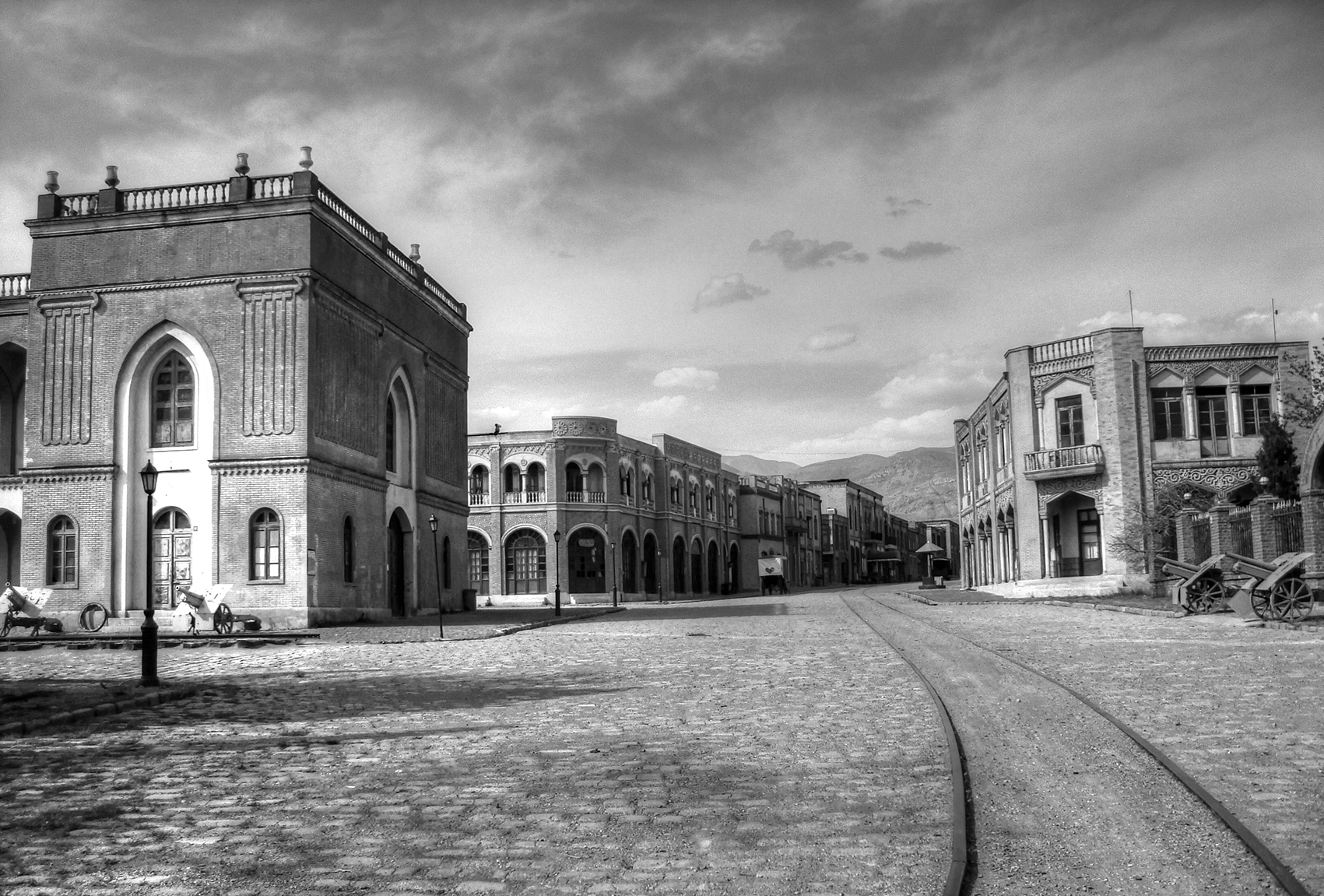A documentary book, titled ‘116 Years of Tehran History: A Pictorial City’, written by researcher and author Mohammad Tahami-Nejad, will be released soon.
A joint production of Iranian Documentary Filmmakers Association and Iran’s National Film Archives, the book is a follow up of the author’s earlier work on Iran cinema, and the fruit of 40 years of effort, Mehr News Agency quoted Tahami-Nejad, who is also a documentary filmmaker and critic, as saying.
In the mid-1990s, studies on Iran’s documentary cinema changed course, the result of which was a collection of articles titled ‘Hierarchical Ordering of Pictorial Contemporary History of Iran’, the author said.
The articles covered a vast gamut of fields, including Tehran’s history, which was first printed by Iran’s film archives in Paris. Later, the idea took solid shape in the form of a separate article ‘Restoration of Tehran Visual History in the Last Century’, which was published in a local journal.
Explaining the term ‘restoration’, Tahami-Nejad said: “Through the procedure, the visual documents and pictures of contemporary history and everyday life situations have been investigated and placed in hierarchical order.”
To a query on what the pictorial book covers, the author said 116 years of Tehran’s history up to the present has been recorded in pictures, films, reports and documentaries, “each narrating a piece of the city’s puzzle.”
He said he has presented “a visual exploration of what the city has passed through over time, the manner in which public and private places hosted its residents, the way infrastructure, including important squares and pedestrian sidewalks came about and how the city’s social status and stature emerged.”
In addition, the book has made a comprehensive comparison between the urban issues of the present time and the 1950s.
Cinema Will Live On
Pointing to the prominent role of cinema in preserving history, Tahami-Nejad, said cinema “will live on to record the scenes and unique moments that disappear as time goes by.”
“In the recent Fajr International Film Festival, a feature film showed Hamedan Province as it was a long time ago. Due to the drastic changes over the decades, it had nothing in common with Hamedan in the present time,” he said as an example.
Cinema is a compound eye. “In documentaries and films made about Tehran so far, filmmakers have had different points of view, from poetical to historical. These varieties prevail in the narrations to present a comprehensive view of the city.”
The author further said readers would feel the experience of walking through the streets of old Tehran and visualizing the past by going through the pictures.
Mohammad Tahami-Nejad, 74, studied journalism and cinema and has lectured in film and cinematic research at several universities.
Documentary filmmaking on social and cultural topics, have been the focus of his works.
His films include: ‘Return of the Prisoners of War (1991), ‘Water Distributor’s Night’ (1981), ‘In a Desert Village’ and Housing Crisis in a Modern City (1972).
He is one of the three founding members of the Iranian Documentary Filmmakers Association.


